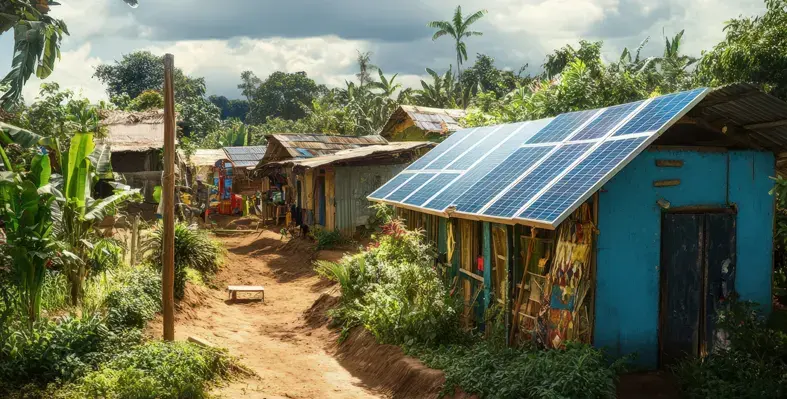While Africa’s off-grid and captive power sector thrives, highlighting the continued failings in the continent’s energy systems, it also indicates an enticing opportunity for investors, as well as unmet demand, according to a new report
In its State of Africa’s Infrastructure Report 2025, Africa Finance Corporation sees potential for long-term investment and opportunity for those companies keen to offer innovative, clean-based energy solutions.
“Rather than an ideal outcome, the boom in self-generation should be viewed as a market signal — a clear indication of suppressed demand, investment potential and the urgency of expanding reliable grid access,” the report notes.
It calls Africa’s huge demand for off-grid and captive power a “symptom of unmet demand” as well as a missed investment opportunity.
The report points to a growing share of generation that is now occurring outside the grid system — through off-grid, embedded and captive power systems — particularly in Africa’s largest economies, Nigeria and South Africa.
These developments reflect not only market innovation but also the continued inability of centralised systems to meet rising urban and industrial demand.
“In Nigeria, unreliable public supply has pushed millions of households and firms to rely on petrol and diesel generators,” the report states.
“Captive generation is especially widespread among industrial and commercial users, with large enterprises investing in dedicated diesel and gas-fired power plants.”
It highlights recent spatial data studies by SEforALL that suggest off-grid generation capacity in Lagos State alone could exceed 19 GW — surpassing Nigeria’s entire grid-connected generation capacity.
In South Africa meanwhile, a wave of decentralised investment followed the government’s 2022 decision to lift licensing requirements for embedded generation projects.
Registered capacity rose dramatically — from just 23 MW in 2019 to 4.5 GW by the end of 2023.
“Much of this has been driven by the private sector, including utility-scale along with behind-the-meter installations by commercial and industrial users,” the report notes.
“Estimates from local industry groups suggest that more than 1 GW of private solar capacity was added in 2024 alone.”
Despite their scale and significance, these trends remain poorly captured in official statistics, the report adds.
Global data often focuses on off-grid renewables, largely solar rooftops, while thermal generation, a large component of industrial self-generation, is rarely tracked.
“Yet thermal installations matter: captive plants serving mines, cement factories, or industrial parks can range from 20 MW to 200 MW or more per site, representing substantial capacity additions,” the report states.
Importantly, the rise of off-grid and captive power underscores a deeper systemic failure, it adds.
“Going off-grid is not always a low-cost solution — it is a last resort.”
A 2019 study by the Energy for Growth Hub found that, once reliability is factored in, self-generated power costs roughly twice as much as grid electricity in Nigeria and South Africa, and up to four times more in Ethiopia.
“These high costs erode industrial competitiveness and highlight the economic penalty of inadequate grid investment,” the report notes.
However, it also underscores pent-up demand for power where investors are able to meet the needs of buyers.
Read more:
Rolls-Royce opens Johannesburg power HQ





